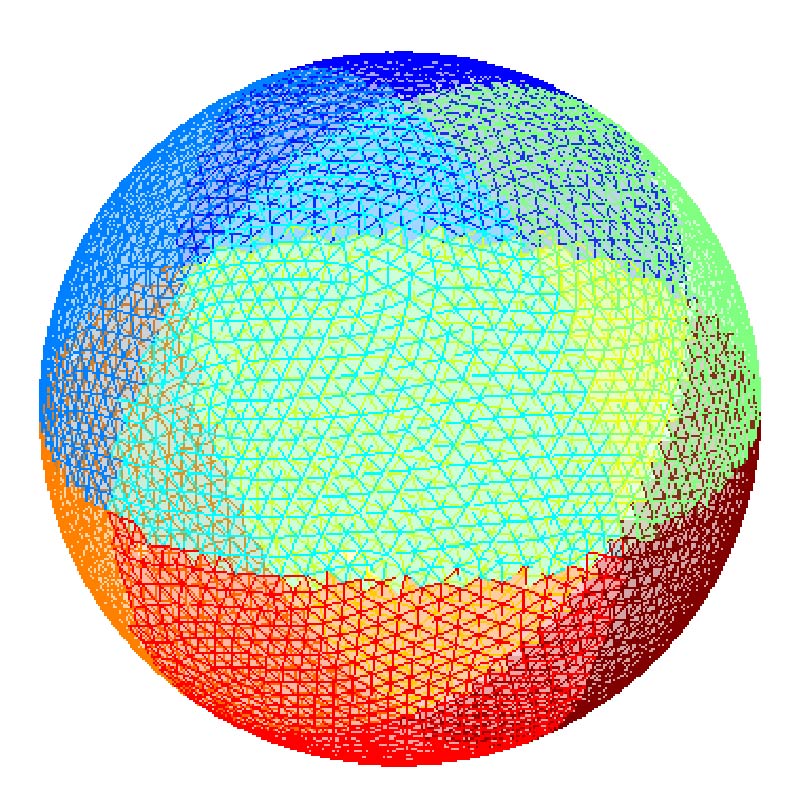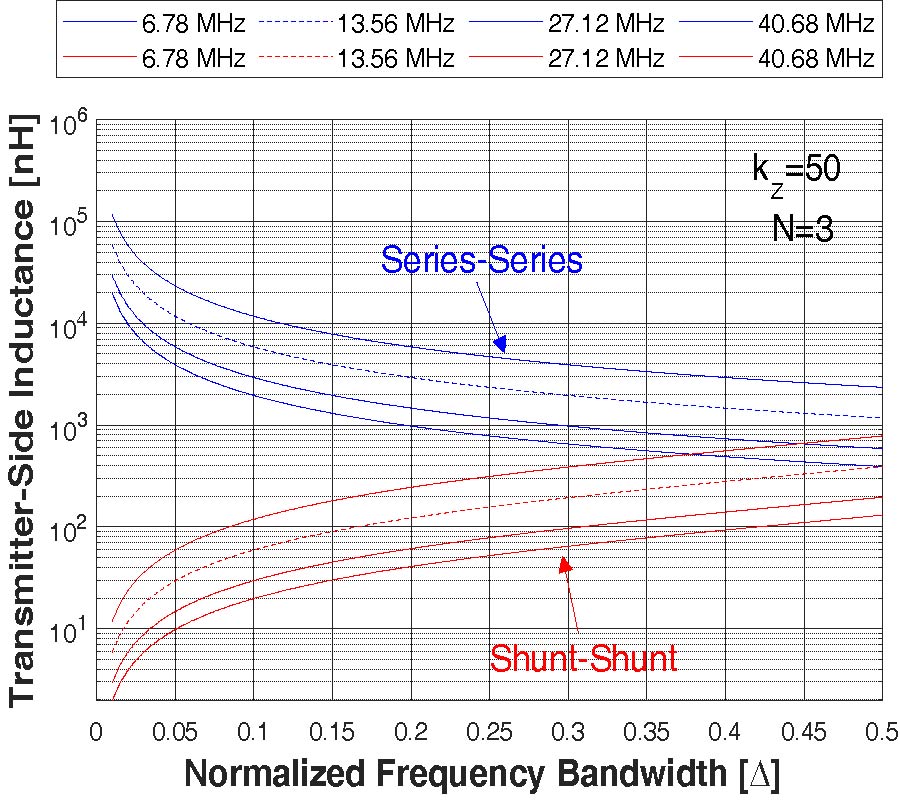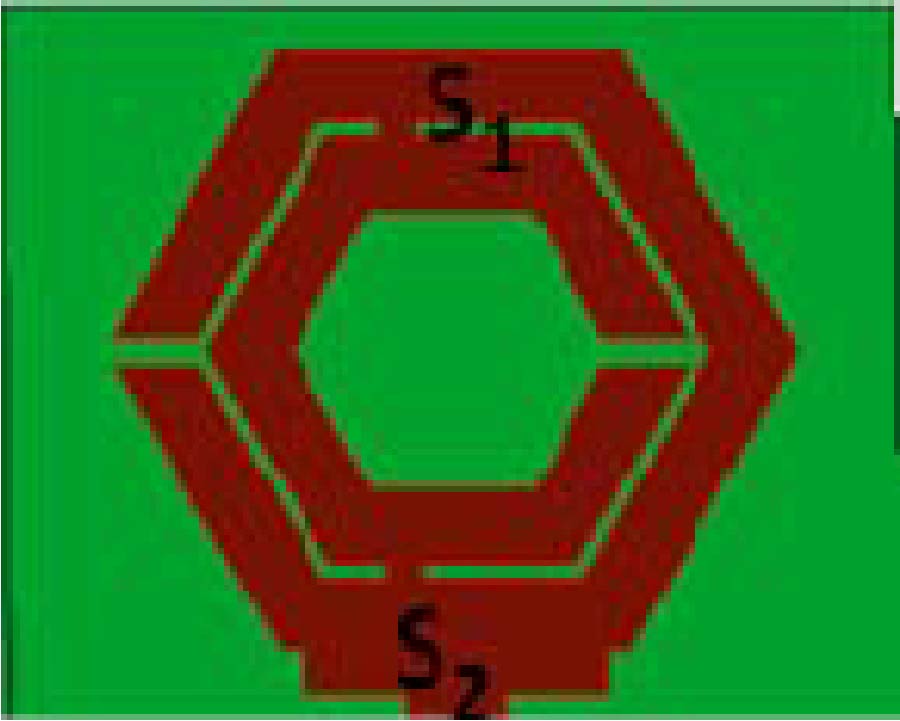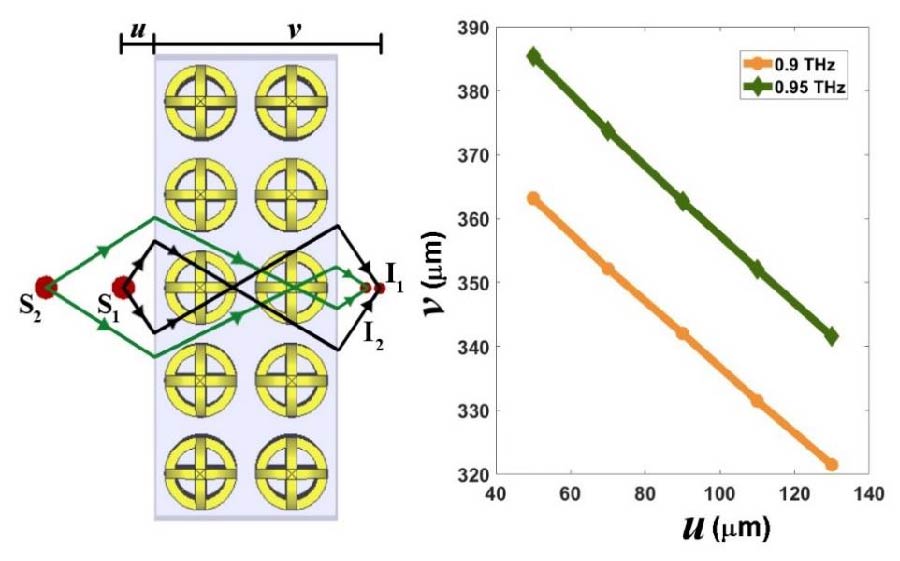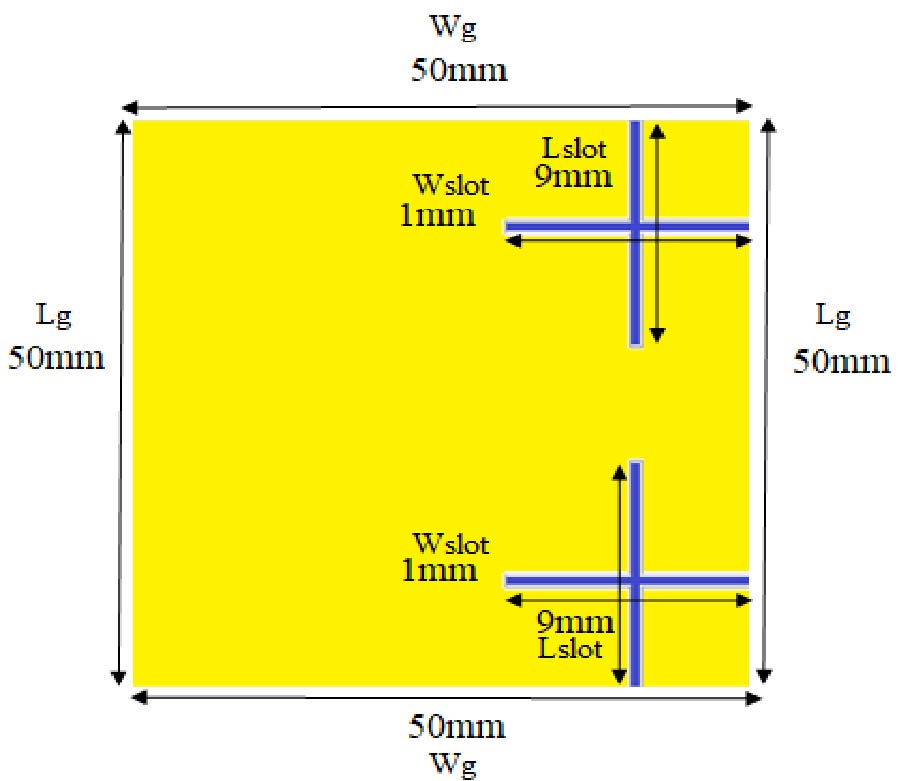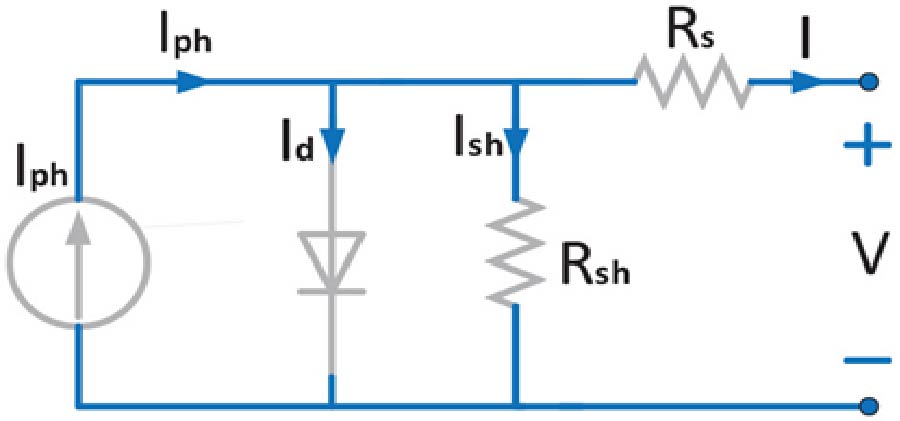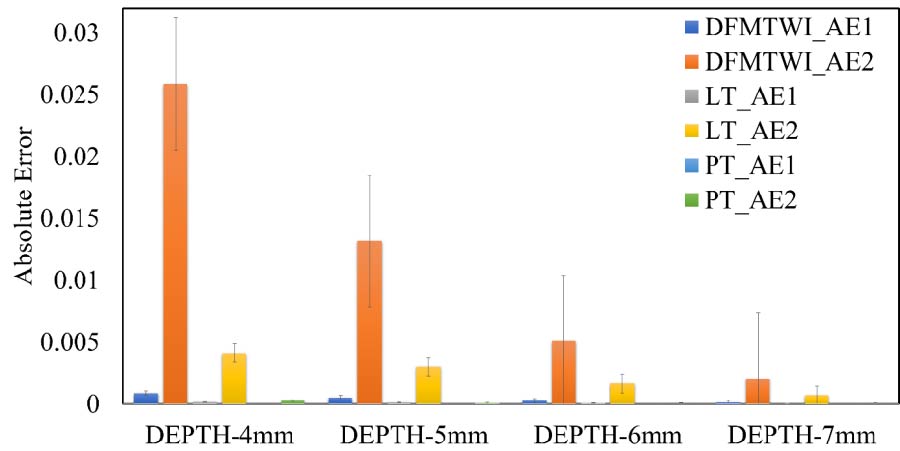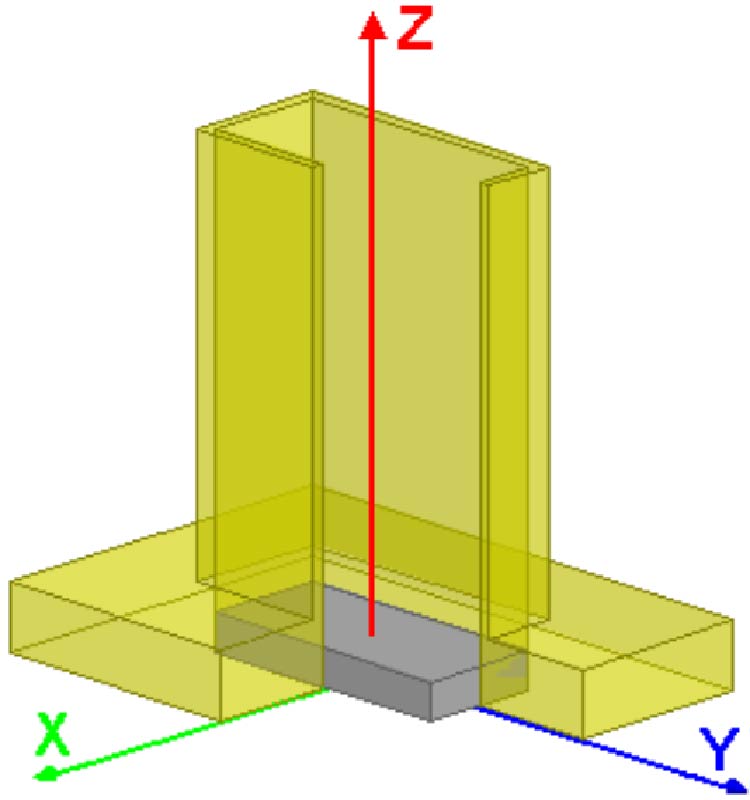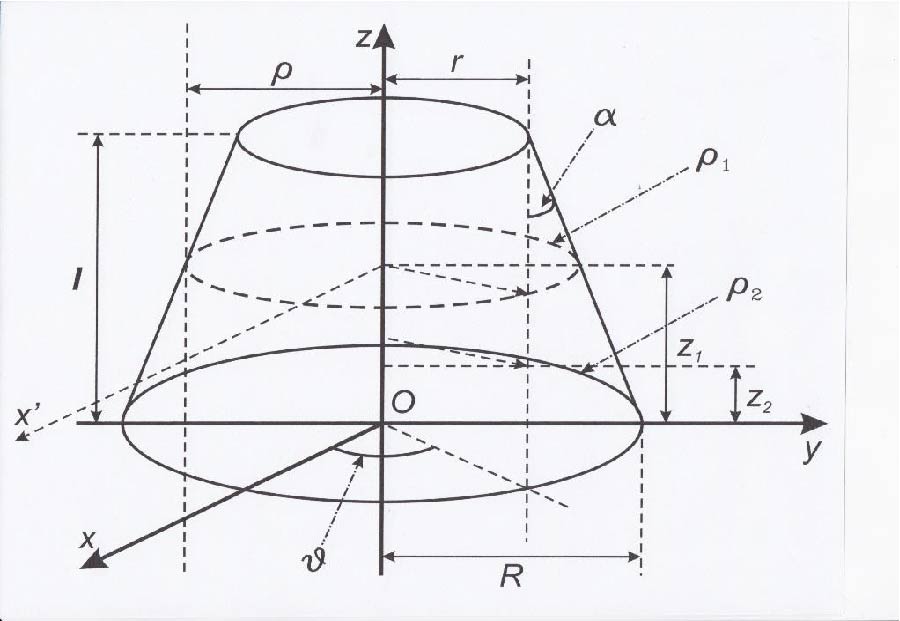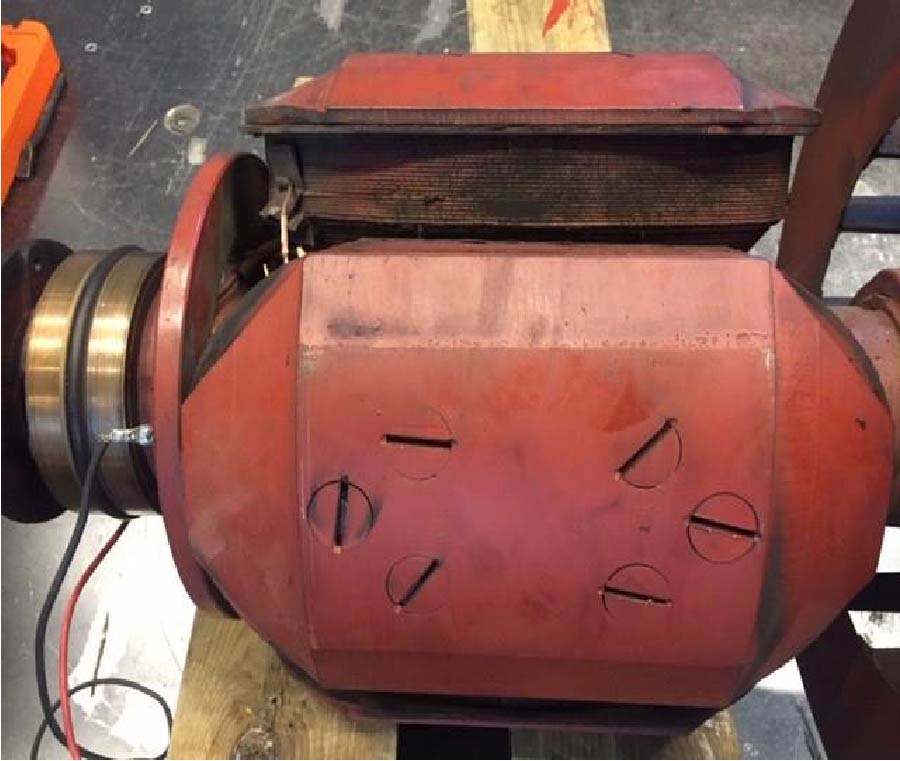A Novel Circularly Polarized Annular Slotted Multiband Rectenna for Low Power Sensor Applications
Neeru Kashyap,
Geetanjali and
Dhawan Singh
To overcome electronic device dependence on energy storage medium, current research proposes a novel multiband circularly polarized (CP), microstrip patch antenna with a voltage multiplier rectifier circuit for wireless energy harvesting. The proposed antenna is designed with a dimension of 50 mm × 50 mm × 0.16 mm (0.80λ × 0.80λ × 0.028λ). Its annular slot and slits on a circular patch along with a defective ground plane result in a miniaturized, circularly polarized, and multiband response with resonance peaks at 6.3 GHz, 7.4 GHz, and 9.1 GHz, respectively. The voltage multiplier rectifier circuit is designed, optimized, and integrated with the antenna for RF signals to DC power conversion in order to energize low-power sensors-based application modules. The simulated multiband antenna resonates at three frequencies of 6.3 GHz, 7.4 GHz and 9.1 GHz with obtained -10 dB impedance bandwidths of 282 MHz (6.276 GHz-6.549 GHz), 178 MHz (7.348 GHz-7.526 GHz), and 81 MHz (9.136 GHz-9.217 GHz), gain of 6.3 dBi, 10.28 dBi, and 7.9 dBi and axial ratio bandwidth of (6.297 GHz-6.302 GHz), (7.783 GHz-7.411 GHz) and (9.256 GHz-9.473 GHz), respectively. The prototype is fabricated, and its resonance peaks are observed at 6.2 GHz, 7.8 GHz and 9.3 GHz with impedance bandwidth of 195 MHz, 206 MHz and 230 MHz and gain of 6.3 dBi, 9.6 dBi, and 7.4 dBi, respectively. The rectifier circuit is analyzed over the power range -20 dBm to 20 dBm and exhibits an increase in the DC output power significantly with a maximum measured efficiency of 53.34% at a frequency of 7.4 GHz with an associated load resistance of 1 kΩ.
